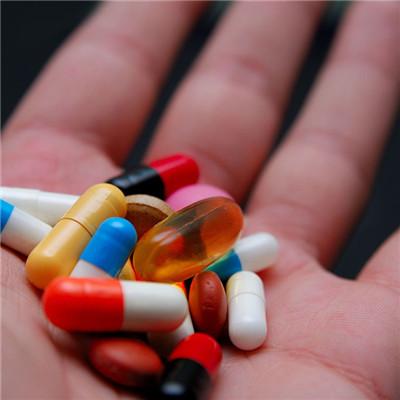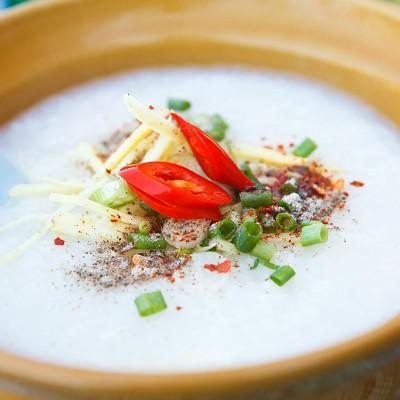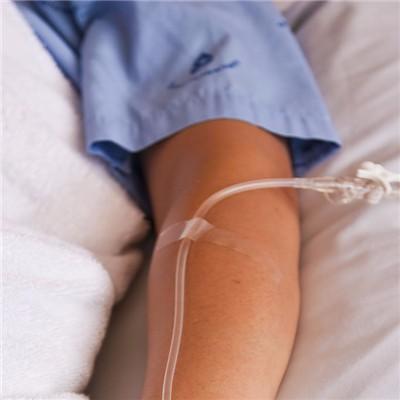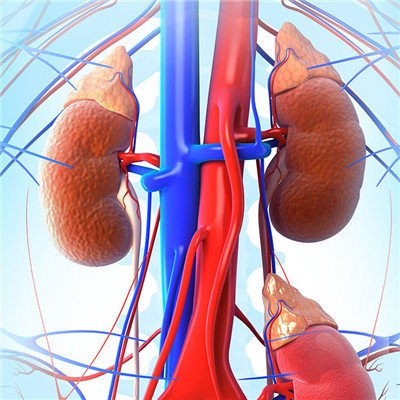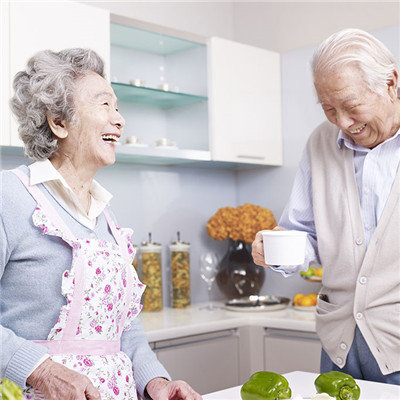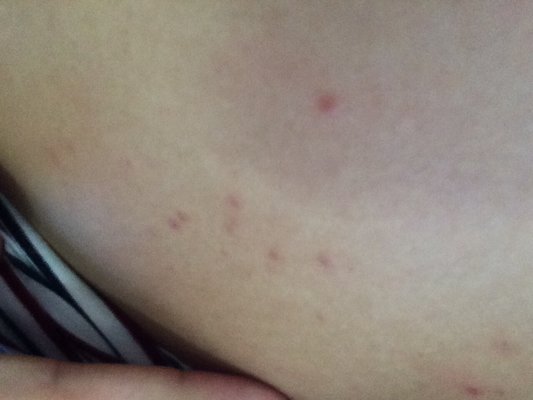What symptom picture is angiitis?
summary
Vasculitis is a kind of disease that can lead to small and medium-sized arteritis lesions until vascular stenosis and occlusion, causing great harm and impact on people's lives. The obvious symptoms of vasculitis are numbness, chills, fear of cold, acid swelling, fatigue, heavy and mild intermittent claudication. The latter is the typical sign of this period. When the patient walked for 12 miles, the leg or foot muscles appeared swelling or pain. If he continued to walk, the pain aggravated and he was forced to stop.
What symptom picture is angiitis?
The pain was relieved immediately after the rest. After walking again, the symptoms appear again, which is called intermittent claudication. With the development of the disease, walking distance gradually shortened. This is due to the increase of muscle oxygen demand after walking. The skin temperature of the affected limb was lower, the skin color was paler, and the pulse of dorsalis pedis artery or (and) posterior tibial artery was weakened. There is often migratory thrombophlebitis.
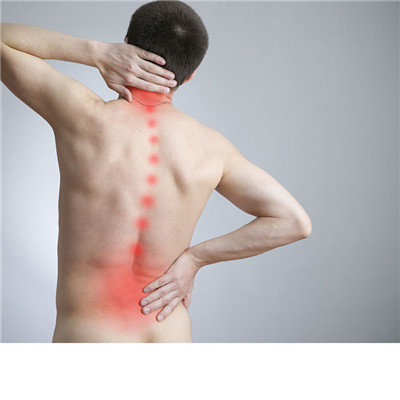
In addition to the aggravation of the above symptoms, the limb was severely ischemic, and the rest pain was more severe. The pain was severe and lasted for a long time. The patient bent his knees and sat with his feet day and night, and could not sleep at night. The food intake was reduced, the physical strength was declining, and the body was obviously emaciated. If concurrent local infection, fever, chills, irritability and other systemic toxic blood symptoms can appear.

Limb tissue ischemia is more serious, resulting in ulcers or gangrene. Most of them are dry gangrene, the toe (finger) end is dry and black, and can extend to the proximal end. After the necrotic tissue falls off, it forms a long-lasting ulcer. If secondary infection, it was wet gangrene. According to the scope of gangrene, it can be divided into three grades: Grade A, gangrene is limited to the toe (finger); Gangrene extends to the metatarsal joint and metatarsal part; Gangrene extends to the heel, ankle or above.

matters needing attention
Diet nursing: there is no special taboo for early patients, but they should eat less spicy food, such as pepper, garlic, and drink less. The necrotic stage should eat high nutrition, easy to digest, less stimulating food, eat more fruits and vegetables, eat less pork, fish, shrimp, can choose some warm food, such as beef, mutton, chicken, etc., is conducive to warming channels and dredging collaterals. Avoid raw and cold food, eat less or do not eat sticky food, such as rice cake, sesame sugar, etc.
